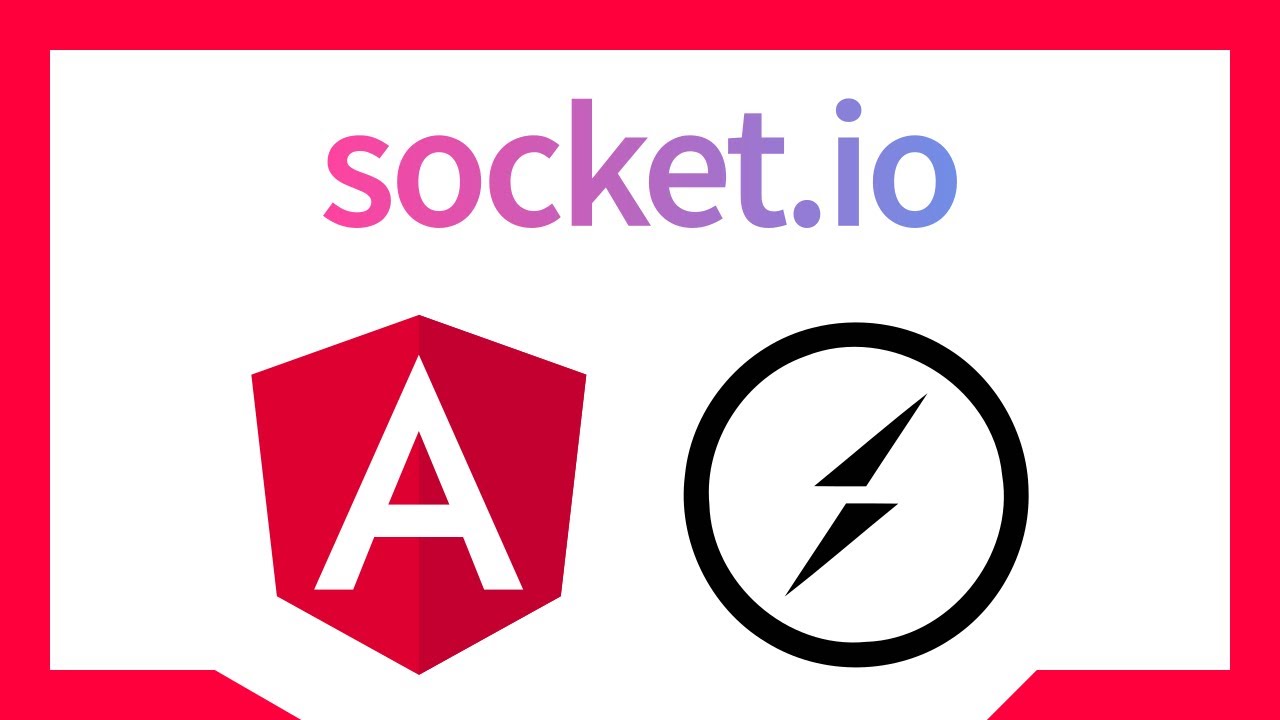Creating a chat application using Angular 17 and Socket.IO involves several steps, including setting up an Angular project, integrating Socket.IO, and building the frontend and backend for real-time communication. Here’s a simplified outline to guide you through the process:
1. Set Up Angular Project
First, you need to set up your Angular project. Assuming you have Node.js and npm installed, you can use the Angular CLI.
npm install -g @angular/cli ng new chat-app cd chat-app
2. Install Socket.IO
You’ll need to install Socket.IO for both the client (Angular) and server (Node.js).
- For the Angular client:
npm install socket.io-client
- For the Node.js server:
npm install socket.io express
3. Create the Node.js Server
Create a simple Express server with Socket.IO integrated.
- Create a new file for your server, e.g.,
server.js. - Set up the server:
const express = require('express');
const http = require('http');
const socketIo = require('socket.io');
const app = express();
const server = http.createServer(app);
const io = socketIo(server);
io.on('connection', (socket) => {
console.log('New client connected');
socket.on('disconnect', () => {
console.log('Client disconnected');
});
socket.on('message', (message) => {
io.emit('message', message);
});
});
server.listen(3000, () => {
console.log('Listening on port 3000');
});
4. Set Up the Angular Service for Socket.IO
Create a service in Angular to handle Socket.IO communications.
- Generate a new service:
ng generate service chat
- In your
chat.service.ts, set up methods to connect to the server, send messages, and listen for incoming messages.
import { Injectable } from '@angular/core';
import * as io from 'socket.io-client';
import { Observable } from 'rxjs';
@Injectable({
providedIn: 'root'
})
export class ChatService {
private socket = io('http://localhost:3000');
sendMessage(message: string): void {
this.socket.emit('message', message);
}
getMessages(): Observable<string> {
return new Observable((observer) => {
this.socket.on('message', (message) => {
observer.next(message);
});
});
}
}
5. Build the Chat Interface
Create the chat components in Angular.
- Generate a new component:
ng generate component chat
- Implement the chat interface in
chat.component.htmland use theChatServiceto send and receive messages inchat.component.ts.
6. Run the Application
- Start the Node.js server:
node server.js
- Serve the Angular application:
ng serve
7. Test the Application
Open the application in multiple browsers or tabs and test the real-time chat functionality.
Additional Tips
- Ensure CORS issues are handled if your client and server are on different domains.
- Implement additional features like user authentication, typing indicators, and message history.
This outline provides a basic framework. You might need to adjust the code and configurations based on your specific requirements and Angular version nuances.

Leave a Reply
You must be logged in to post a comment.